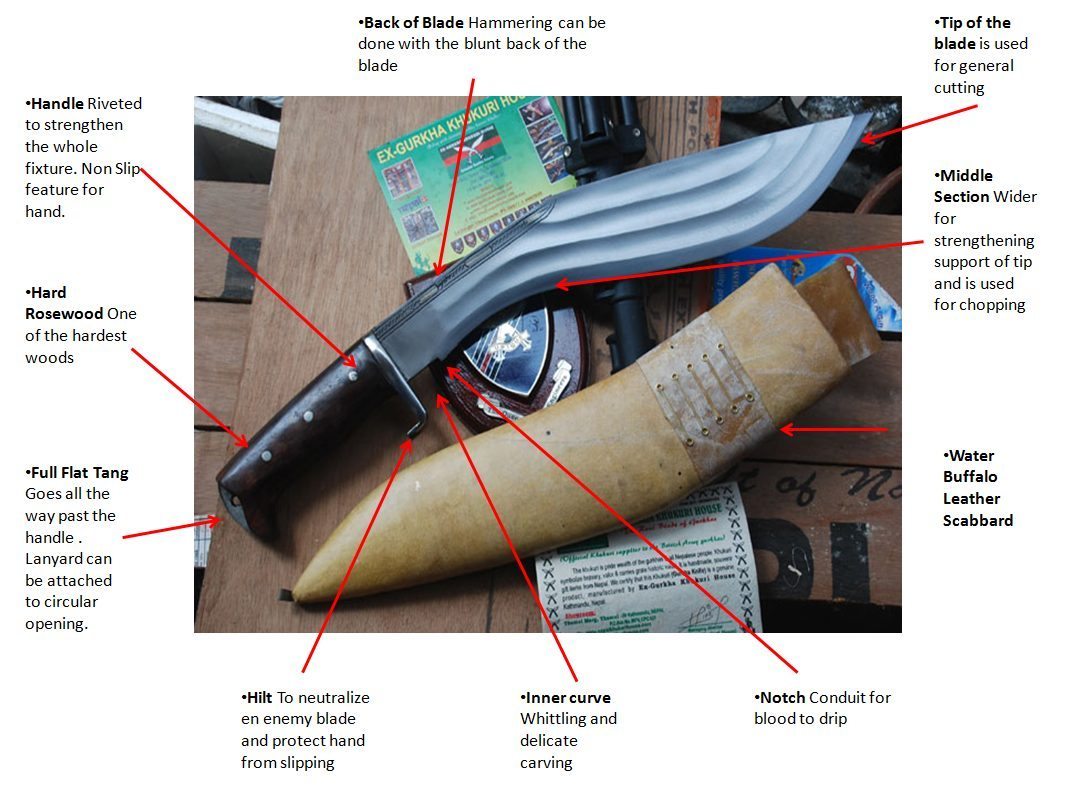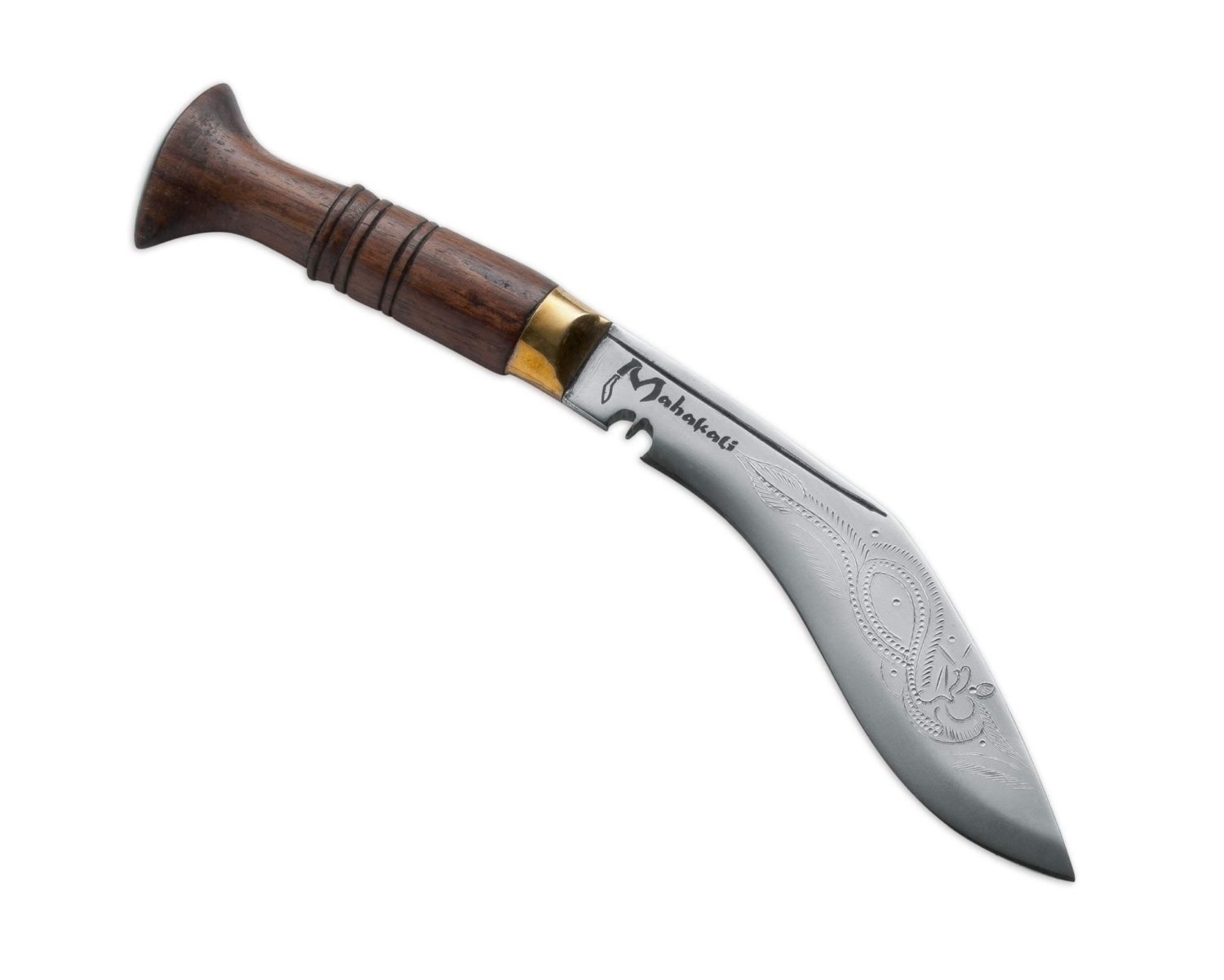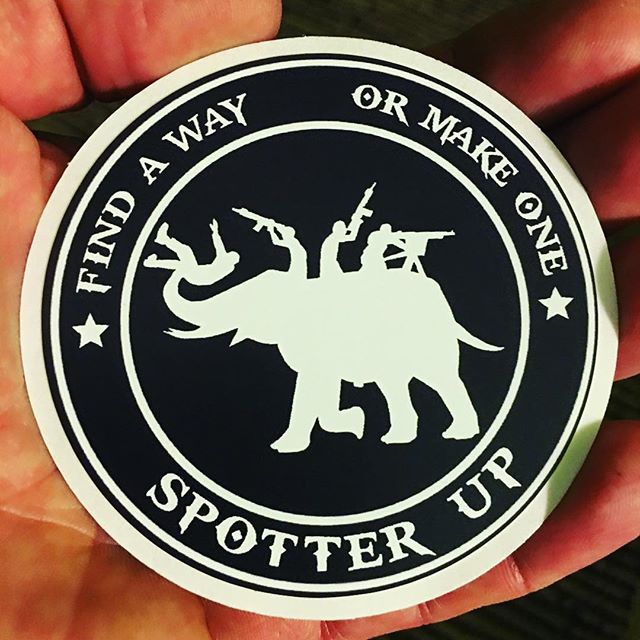My good cop buddy used to sell office supplies at the local flea market on Sunday mornings when he was a kid. Every time I saw him he would tell me that one of the really old-timers used to shuffle to his vendor table and tell the same story every time. Between selling hubcaps and annoying customers, he’d say to my young buddy, “Son, did you know that when I lived in Mexico, if you owned two knives you owned the world!!!?” My buddy got a chuckle out of it because the location would change every couple of weeks, “Son, did you know that when I lived in Peru that if you owned two knives you owned the world!!!
At the age of 14 I knew a lot of truths and that definitely wasn’t one of them. Today I’m not sure what happened to that old timer but I can certainly tell you that having a knife on your person is better than not having a knife at all. Why? Duh…for protection. And to look cool man. Even having a butter knife is better than being without a blade. And having a one decent blade is better than having two lousy, cheaply made ones.
I’m not talking about strutting around with a machete in your back pocket. I’m talking about carrying a small fixed blade or a folding blade. No matter the choice you make, it should be of a good quality. Durability is one of the first things to look for, regardless of whether it is a fixed-blade or folding blade. A good fixed blade can be deployed quickly, while a folding blade take a bit longer and some practice to get the blade out quickly.
Flea markets are notorious for carrying a lot of junk, but once in a while you might find a gem. Depending on where you live, certain items are going to be in surplus, while other items are hard to find. Trying to find a balisong (butterfly knife) or a switchblade was hard to do if you lived in California in my time. These things are so common in states like North Carolina, but they weren’t common when and where I was growing up.

As a youth, the closest I ever came to seeing a butterfly knife was in a book by writer/actor/stuntman Jeff Imada. I still remember the book, titled The Balisong I borrowed from a buddy. Jeff went from choreographing stunts on tv shows like the A-Team and into prime-time stunts for action movies like the Book of Eli; I went from scrounging out knives and firecrackers, to buying things that go boom when you pull their trigger. Sometimes boys just don’t grow up.
Recently, Spotter Up writerAlec, went out scrounging for some good stuff at a local show. He called me the next day and said he had a nice little gift for me. Alec is always on the hunt for a fair item for a fair price. I was curious…He brought me a brown bag with a hefty item inside of it. I could tell by the shape and weight that it was a fixed-blade weapon. I smiled….
He brought me a neat looking Khukuri and it wasn’t even my birthday! Now, this was something I thought I could use. Gifts don’t have to be expensive to be awesome. The weapon that he picked up wasn’t a pretty thing but it looked cool to me. It was constructed out of an old leaf spring, something commonly used for vehicle suspensions.
Alec picked this one up from a dealer who was buying them from Thailand. Not the prettiest blade, not the finest thing an artisan could craft, but would it work? You bet…Should you buy an expensive knife? Does expensive necessarily mean its a good blade, or a good value? Could be. You might not own the world by owning a knife or knives but you might save some money by looking first at flea markets. Here are a few key things to look for when buying a blade:
- Good hand protection So your hand doesn’t slip and cut all your cute little fingers off. Did this knife have that? Yeah, a little bump-out gaurd on the handle that prevented your hand from slipping when using it. A better knife will have a good guard.
- A good, strong tip that doesn’t snap off. For $20.00 I wasn’t expecting a whole lot, but the knife itself had a good weight to it. For chopping wood, or sticking a bad-dude, this wasn’t half bad. I wasn’t intending to do either of these; my 13 year was going to get this as a neat little gift to add to his already diverse knife collection.
- Easy Maintenance Something simple to wipe down is preferable. The handle/grip was simple and not decorative. There wasn’t fancy ornamentation where mud or gunk could settle in and make the weapon tacky or hard to clean. A simple handle on a basic blade is all a user should look for.
- Good handle The handle was a simple, durable hardwood. Likely this Khukuri handle wouldn’t split. Getting a knife with a poorly constructed plastic or with a soft wood means it might not hold up well. When looking for a good value, ensure that the handle is sturdy enough for the rigors you’ll put it through. You should be able to maintain a good grip on it. Some grips have texture, or are of a material that prevents slippage.
- Toughness Yep. This blade definitely was tough. A good thick, hard blade. If it snapped in two pieces I wasn’t going to cry over it’s loss, and if my son lost it, we wouldn’t be gutted long. Giving a good whack on branches would be fine. Using it as a hammer would work too.
- Size You get what you pay for. Once in a while you find a deal. This blade was wide and long, and that meant I could get a good bite on wood or meat if I needed to.
- Affordable Don’t spend more than you need to. Remember, you’re at a flea-market. You can always haggle. Finding something online that particularly fits your needs is fine, but taking the time to poke around an outdoor bazaar is half the fun, just don’t make impulsive purchases and you’ll be fine.
Here’s the markings of a great Khukuri

If you like our article please like it and SHARE it! This is how we get our name out there. Thank you!
[jetpack_subscription_form]
brought to you by the dudes at Spotter Up!



